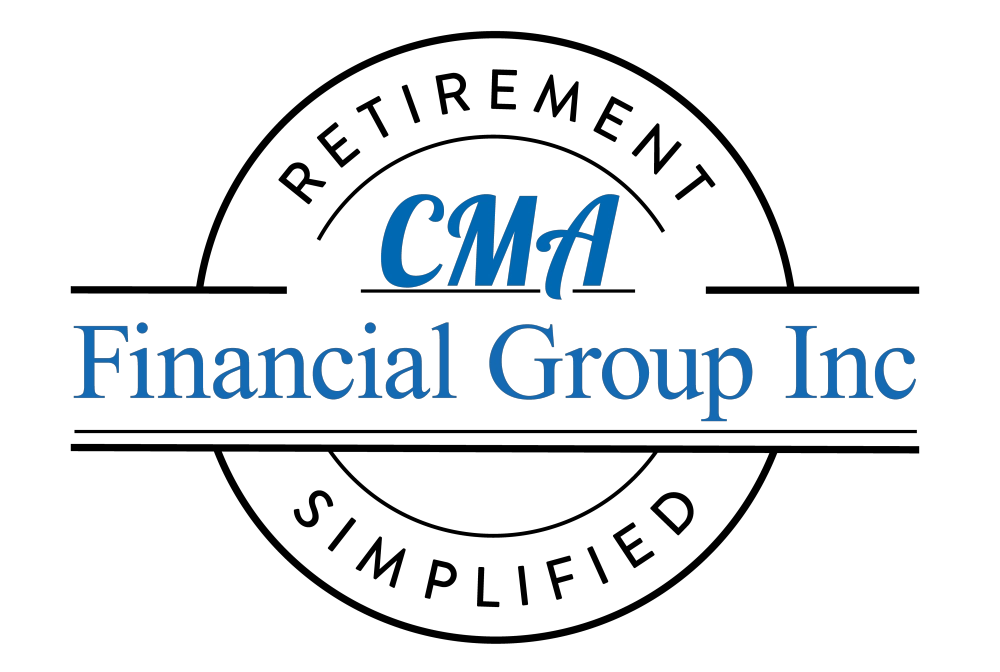
We are here to help. Our advocacy team is standing by to answer any questions you may have.
Submitting Docs?
INVESTMENT OPTIONS
We go beyond the traditional 401K. Ask us about products like Annuities and IULs to further extend your financial plans.
RETIREMENT PLANNING
Although we are a fairly small agency, we observed that it allows us to provide a very high level of service and along with our strategic partners we can deliver the best products out there.
HEALTH INSURANCE
Learn more about all our healthcare options. We can help you navigate though all your options.
Why CMA?
We protect people of different lifestyles to save their wealth, health and good mood.


Best Support
We are available for you. You can chat with us or make a phone call to discuss your issue.

Professional Agents
Our staff combined experts in all classes of insurance you can afford today.

National Brands to help give you the best options.
We work with multiple carriers to provide our customers with the best options.
401 K Info at a glance
401(k) Contribution Limits
One of the fundamental aspects of a 401(k) plan is understanding the contribution limits. In 2022, the IRS sets the annual contribution limit at $20,500 for individuals under 50. If you're 50 or older, you have the benefit of making catch-up contributions, allowing you to contribute up to $27,000 annually. It's important to know these limits as exceeding them can result in tax penalties. These limits may be adjusted periodically to keep up with inflation, so it's a good practice to stay updated with the latest figures to maximize your retirement savings effectively.
401(k) Rollover
When you change jobs or retire, you may face the decision of what to do with your 401(k) from a previous employer. One common option is a 401(k) rollover. This involves transferring the funds from your old 401(k) into a new employer's plan or an IRA. The advantage is that it allows you to maintain the tax-advantaged status of your savings and gain more control over your investments. Rollovers are especially important to avoid early withdrawal penalties and taxes. Consulting with a financial advisor can help ensure a smooth and informed rollover process tailored to your financial objectives.
401(k) vs. IRA
A key decision in retirement planning is choosing between a 401(k) and an Individual Retirement Account (IRA). A 401(k) is typically provided through your employer, and contributions are deducted directly from your paycheck. In contrast, an IRA is an individual account you open independently. The primary difference lies in employer involvement and contribution limits. 401(k)s often come with employer matches, which is essentially free money for your retirement. IRAs provide more flexibility in investment choices. The choice depends on your specific financial situation and goals. It's advisable to consult with a financial advisor to determine which option aligns better with your retirement strategy.
Early 401(k) Withdrawal Penalties
It's important to be aware of the potential penalties and tax implications associated with early 401(k) withdrawals, defined as taking funds out before you reach the age of 59½. In such cases, you may face a 10% early withdrawal penalty, in addition to regular income taxes on the amount withdrawn. However, there are exceptions, including financial hardship, disability, or early retirement. Understanding these exceptions and the potential consequences of early withdrawals can help you make informed choices about accessing your 401(k) funds and the timing of such withdrawals. It's advisable to explore alternative sources of funds before tapping into your retirement savings to avoid unnecessary penalties and taxes.
401(k) Vesting
Vesting is a concept that relates to your ownership of your employer's contributions to your 401(k) account. While you always own your contributions, employer contributions may be subject to a vesting schedule. Understanding your vesting schedule is vital, as it determines when you gain full ownership. Vesting schedules vary among employers, with some offering immediate vesting and others with graded vesting schedules over several years. Being aware of your vesting schedule helps you make informed decisions regarding your retirement benefits, especially if you plan to leave your job before becoming fully vested.

How It Works?
Get acquainted with the process. It takes just a few simple steps.
Choose Your Insurance
The first step is setting up your goal - pick your service.
Select Your Agents
Meet our friendly team of professionals who will be glad to assist you.
Contact Agents
Your agent will call you once you put a signature and start working with us.




